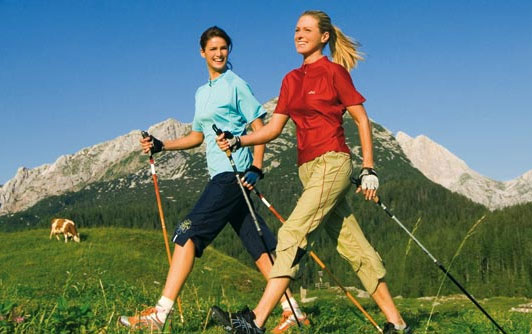Osteoporosis Series – Blog 2 – Exercise for Healthy Bones
I would like to share with you the components of a safe and effective bone building exercise program and why each is important for bone strengthening and decreasing bone loss.
I hope after reading my first blog, Osteoporosis -The Silent Thief, you are encouraged to read on and take charge of your bone health today!
Ensuring a Safe Exercise Program
Do you know if you have low bone mass, osteopenia or osteoporosis? Do you know whether your fracture risk is low, medium or high? Are you aware that bone loss increases to 2-3% in menopause and occurs without any symptoms? Many of my training clients are in this life stage, 45-55+, are not aware of their current bone health and/or have a strong family history of osteoporosis. I will typically modify all the exercises to ensure the movements and positions are safe. Exercising unsafely with thinning bones could cause harm to already weakened bones and may result in vertebrae fragility fractures.
Unsafe Exercise Movements
What are these potentially unsafe movements? They involve forward bending and extreme twisting or rotating of the spine. Examples can be found in some yoga and pilates moves, in sit ups and bicycle crunches, and also in many stretching positions.
Components of a Bone Building Exercise Program
The informative Bone Fit™ training I received from Osteoporosis Canada provided me with the knowledge and practical application for bringing safe and effective methods for modifying exercises in each of the important exercise components below.
If you do know you have excellent bone health, this well rounded program will build and maintain your bone health, but also be beneficial for many other health and fitness benefits, just without the modification concerns.
1. Weight Bearing Exercise
In weight-bearing exercises such as swift walking or Nordic walking, hiking, and low intensity step aerobics, bones work against the force of gravity, stimulating new bone growth in the hips and spine. These exercises are also called aerobic or cardio activities, but keep in mind, swimming and bike riding are great cardio activities, but are not weight bearing exercises.
How often? 3-5 days per week, minimum 150 minutes total
2 Strength Training
Strength training can utilize free weights, weight machines, resistance bands, stability balls and even your own body weight. The force of muscles pulling against the bones stimulates the bone-building and strengthening process. Bone building in your hips, spine, wrist and shoulder, are critical as these are the most common places for osteoporotic fractures.
How often? 2-3 days per week
3. Balance Training
Balance training is important for the unexpected or unbalanced movements in daily life. When someone has low bone mass or osteoporosis, it is critical to improve balance so that falls and fractures are reduced. Your own body weight and other fitness tools such as bosu balls can be used.
How often? 2-3 days per week and this is typically incorporated into the strength and weight bearing exercises
4. Posture Training
The more an individual bends or slouches forward, the more pressure on the front of the vertebrae, putting it at even greater risk of a vertebral fracture and producing a rounding of the back, called kyphosis. Posture training focuses on strengthening the core muscles needed to gain better alignment.
How often? Always practice good posture! Strength training includes core strengthening.
4. Flexibility Training
Flexibility training, also referred to as stretching, helps to improve flexibility and range of motion to perform everyday activities with ease, and can reduce stiffness and pain. Stretching exercises are most effective and safer after first warming up the muscles.
How often? Always at the end of each exercise session, and often after a cardio warm up
Feel free to contact me to discuss your current exercise program or to talk about Personal Training sessions with a program designed for you.
For More Information on Exercising for Healthy Bones, visit Osteoporosis Canada’s site
.


